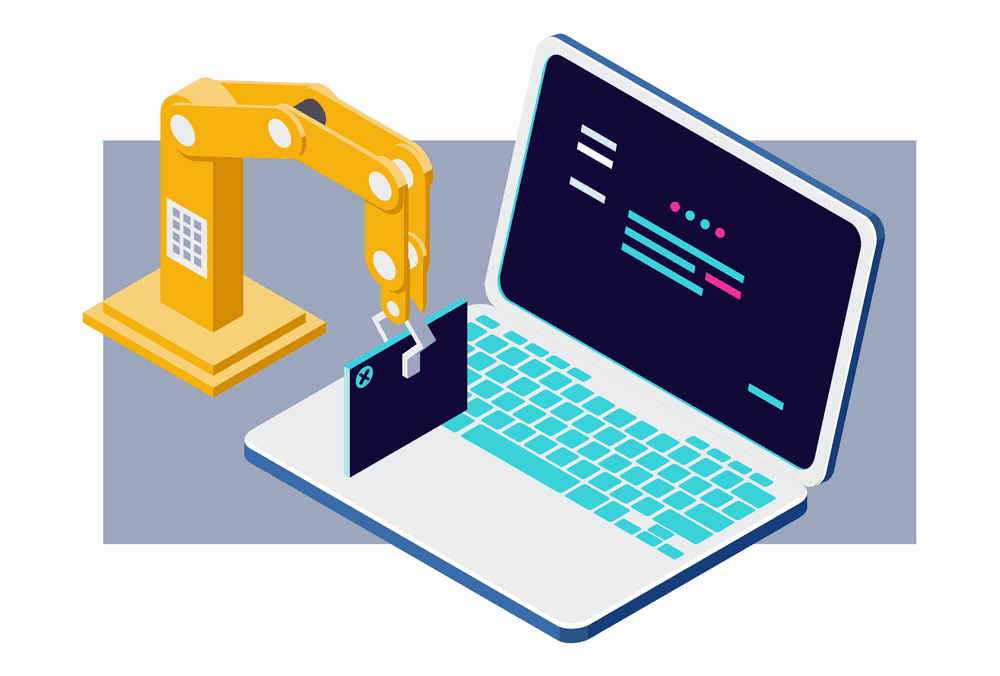
The developer portal is where developers find all the information they need to implement a given product or service. Properly designed, it will make their job easier, just as the bad one can complicate it. At the same time, the more understandable, and therefore the more popular your dev portal is, the better for your business. Satisfying this demanding group of users is not easy, but it is not impossible thanks to a friendly product.

How to recognize a good developer portal?
Not sure what your planned dev portal should look like? Or how is the current one? Look at it as a user and honestly evaluate essential indicators. Or ask the developers themselves how they see their work with the portal. What to trace? Business value, UX or information structure. The following questions will help you with an accurate assessment.
- Are the benefits of the solution explained on the portal?
- How fast is onboarding? Can you see materials without registration?
- What does the portal look like and operate? Is it understandable? Does the user know where to start and how to meet his goal?
- Is there a testing environment? Is the data conceptually similar to the production ones?
- Is orientation within the portal easy? Does it have a logical structure?
- Does the user learn the information (pitfalls and specifics) at the right time in the right place?
How to build a good development portal from scratch?
At DX Heroes, we've all been through development, so we know from our own experience what a developer portal should look like and what attributes it should have for developers to work well. And how do we proceed? We ask ourselves the following questions and the answers help us in the creation process.
1. Determining the business goal of the portal
Besides the information value, should it also serve as a business (lead) channel?
2. End-user definition
Who is a typical user? Is it just a developer? Or other roles, such as analyst or product manager? What is the least technical part?
3. Business web vs. dev portal
How are these two channels connected? Where do the business website end and the dev portal begin?
4. Determining the budget